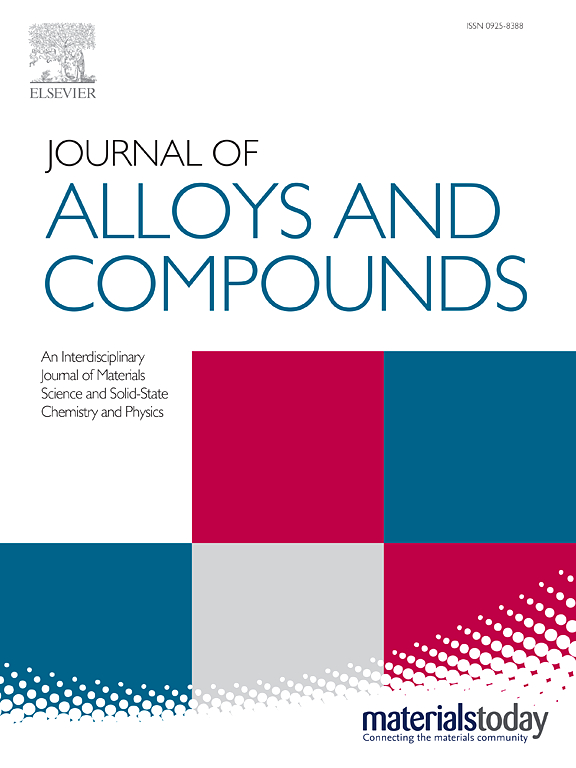Simultaneous improving luminescence intensity and stability of Cs4PbBr6:SCN-/Er3+ through molecular-level regulation and photosensitive resin encapsulating by 3D printing
IF 5.8
2区 材料科学
Q2 CHEMISTRY, PHYSICAL
引用次数: 0
Abstract
Although perovskites have many excellent optoelectronic properties, their instability has always been a key factor limiting their commercial applications. Here, this study focuses on combining the density functional theory (DFT), SCN-/Er3+ codoping, and three-dimensional printing (3D printing) to regulate Cs4PbBr6 at the molecular-level to simultaneously improve luminescence intensity and stability. Subsequently, Cs4PbBr6:SCN-/Er3+ with excellent luminescent properties was obtained by adjusting the ratio of SCN- and Er3+, and further applied to white light emitting diodes (WLEDs) and indoor photovoltaics (IPVs). Surprisingly, luminescent materials coated with resin remains at a relatively high value of luminescence stability after continuous UV irradiation for 8 hours and after 6 months in air. Based on the above advantages, we can not only obtain 3D printed WLED device with a color rendering index (CRI) of 94 and a correlated color temperature (CCT) of 5771 K, but also customize a range of ultra-stable fluorescent patterns. Under dark conditions, the constructed LED device illuminates the silicon solar cell, generating stable output photocurrent and excellent photoelectric conversion efficiency. Therefore, the successful combination of DFT calculations, SCN-/Er3+ codoping, and 3D printing technology in this study has enabled us to solve some bottleneck problems in the field of perovskite.求助全文
约1分钟内获得全文
求助全文
来源期刊

Journal of Alloys and Compounds
工程技术-材料科学:综合
CiteScore
11.10
自引率
14.50%
发文量
5146
审稿时长
67 days
期刊介绍:
The Journal of Alloys and Compounds is intended to serve as an international medium for the publication of work on solid materials comprising compounds as well as alloys. Its great strength lies in the diversity of discipline which it encompasses, drawing together results from materials science, solid-state chemistry and physics.
 求助内容:
求助内容: 应助结果提醒方式:
应助结果提醒方式:


